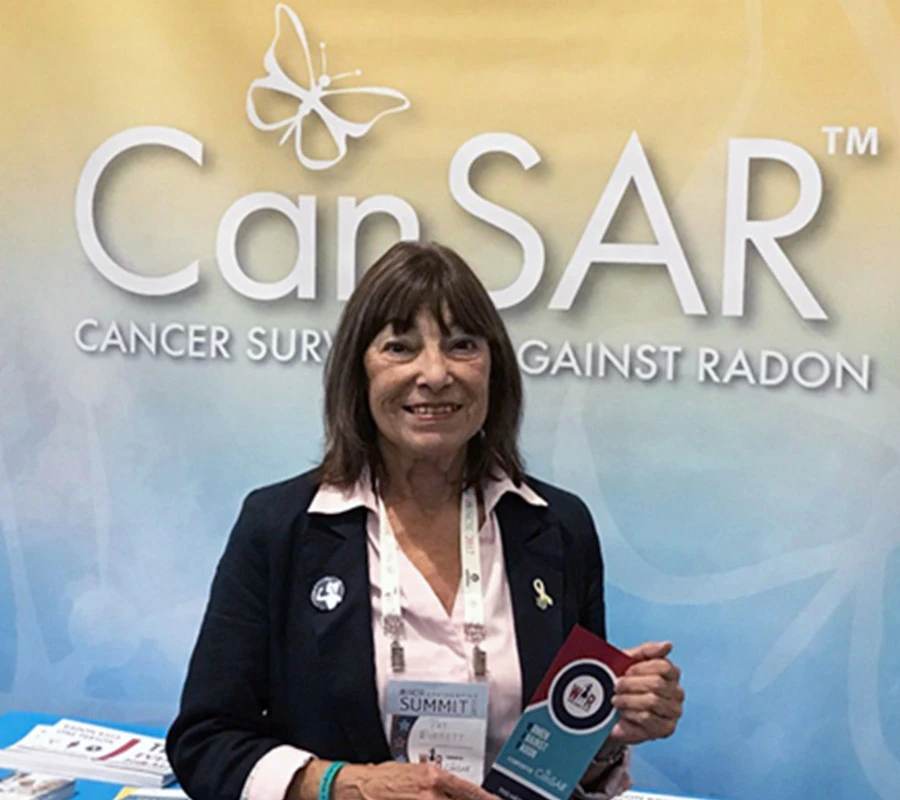Raise your hand if your home has become your office, daycare center, gym and happy hour spot. Yes, us too. We’re all spending a lot more time in our own homes these days and while we’ve talked about home indoor air quality before, it’s even more important during the pandemic. As we are moving office furniture and gym equipment into our homes, we need to talk about the hidden carcinogen that may be lurking: radon.
Radon is a naturally occurring gas that enters a home through cracks in walls, basement floors, foundations and other openings. As radon decays, radioactive particles are released and can be inhaled into the lungs, bombarding your cells with dangerous, cancer-causing radiation. Exposure to high levels of radon is the second leading cause of lung cancer, responsible for an estimated 21,000 deaths annually in the United States.
Through her work in the radon industry for over 30 years, for the last 16 years in marketing and training with Spruce Environmental Technologies, Pat knows better than anyone else the health effects of radon. While there isn’t a specific test that can link lung cancer to radon, she’s worked with lung cancer survivors whose only connection is that their homes tested high for radon—and they only learned about it after the fact. “The best we can do—at this time—is ask a lung cancer patient if they tested their home for radon, and not all doctors or institutions have this as an intake question. We have to do better to track this connection and it’s such an easy thing to do,” said Pat.
But this colorless, tasteless and odorless gas can be detected, and high levels reduced by continuous monitoring. “It’s so simple to test, and but most people only talk about radon testing when buying a home,” Pat explained. “Radon should be the first health hazard we think of when we talk about the air quality in our homes.”
Pat’s own lung cancer story and her survivorship are a result of her work in radon. “I knew I had lung cancer before my doctors did. From all of my time spent with lung cancer survivors—I knew what lung cancer sounded like, how it felt. I have these amazing survivors to thank as the reason I am now living and thriving with lung cancer,” she remarked.
While January is Radon Action Month, Pat reminds us that anytime of the year is a good time of the year to test for radon. “It’s such an easy preventative measure, and during the pandemic it’s more important than ever.” Learn more about radon, and how you can protect the health of your family at Lung.org/radon.
Blog last updated: June 7, 2024



